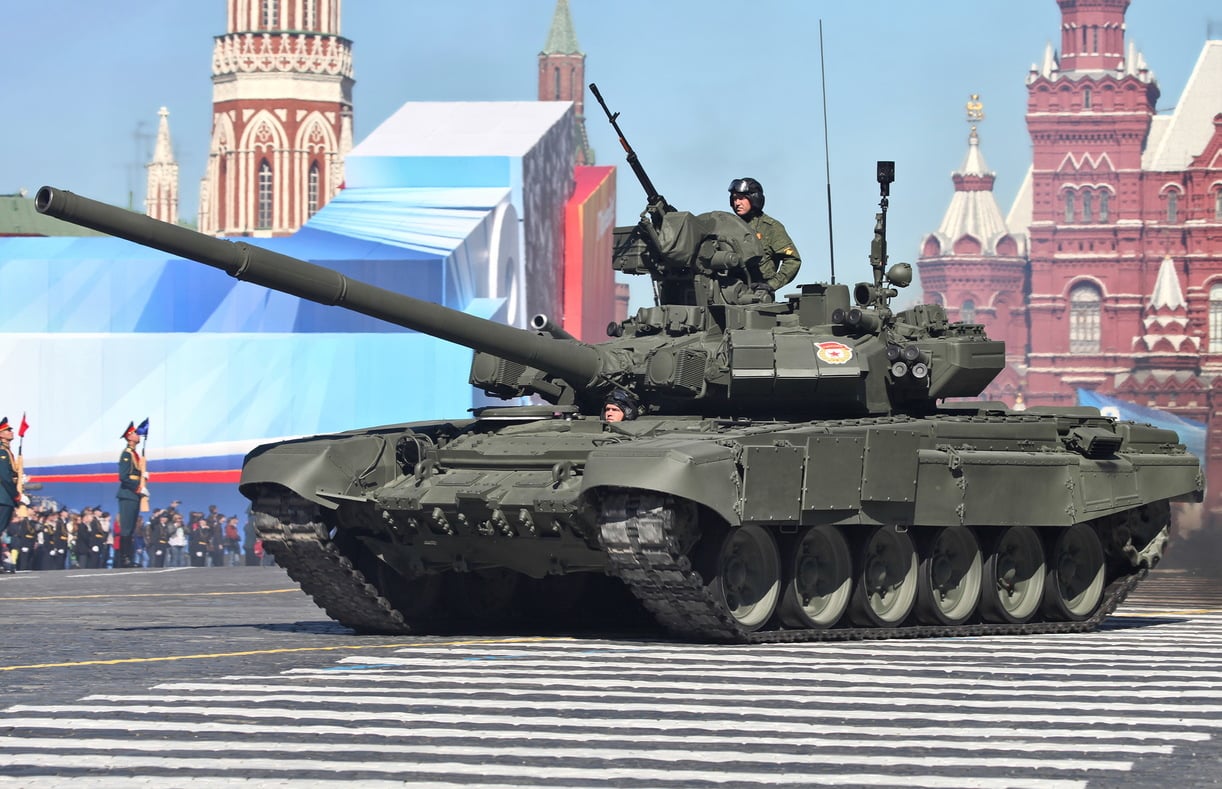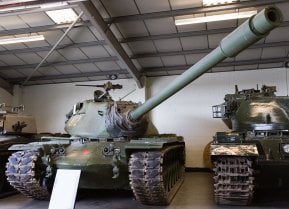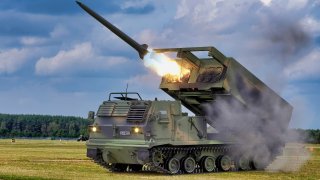Is the Russian Army a Dangerously Spent Force?
Both Russia and Ukraine have shown unexpected resiliency, and the conflict has provided critical lessons, particularly for NATO, on how to prepare for a future Russian military threat.
Summary and Key Points on the Russian Army's Present State in 2024: Kyiv has claimed significant gains in its ongoing operation in Russia's Kursk Oblast, capturing nearly 600 Russian soldiers and taking control of over 100 settlements.
-This marks the first invasion into Russian territory since World War II. The operation, launched on August 6, aims to force Moscow to divert forces from other fronts.
-While Ukraine's success took Russia by surprise, Western analysts remain skeptical about the long-term success of creating a "buffer zone."
-Both Russia and Ukraine have shown unexpected resiliency, and the conflict has provided critical lessons, particularly for NATO, on how to prepare for a future Russian military threat.
Russia and Ukraine Show Resilience: Key Lessons for NATO from the Kursk Operation
On Tuesday, Kyiv claimed that in the ongoing operation in the Kursk Oblast in Russia, it had captured nearly 600 Russian soldiers, while Ukrainian forces now control more than 100 settlements. Launched on August 6, it was the first invasion into Russian territory since the Second World War – and while on a much smaller scale, comes 81 years after the infamous Battle of Kursk, one of the largest battles in military history.
"As of today, we have taken control of 1,294 square kilometres of territory, which is 100 settlements... We have also significantly replenished the exchange pool: 594 servicemen of the Russian Armed Forces have been captured on this front," Oleksandr Syrskyi, commander-in-chief of the Armed Forces of Ukraine told reporters during the Forum of Heads of State Institutions.
According to Syrskyi one of the key objectives of the incursion into Kursk was to force the Kremlin to divert forces from other fronts.
"At the moment, we can state that about 30,000 Russian servicemen have been redeployed to the Kursk front, and this figure is growing," the military chief continued.
The "invasion" into Kursk took Moscow off guard, and it is true that it has struggled to respond, but Western analysts have repeatedly questioned whether Kyiv's attempt to create a "buffer zone" will be successful.
Both Sides Have Shown Unexpected Resiliency
When Russia launched its unprovoked invasion in late February 2022, the Kremlin expected to reach Kyiv in days and secure a quick victory. It dubbed the attack on its neighbor a "special military operation" that was necessary to "de-Nazify" and "demilitarize" Ukraine. Russia almost certainly didn't expect to meet such fierce resistance, but it also failed to see that the West would provide so much military support.
As a result, Moscow has lost upwards of 150,000 killed and even more wounded. Nearly 3,200 tanks have also been destroyed or captured, and the Russian military has been forced to refit old tanks – many dating back to the Cold War – to replenish its losses. Even as production has been ramped up, Moscow has struggled to replace keep pace with the losses.
And even as the casualties mount, the Russian military has managed to show significant resiliency.
"We have assessed over the course of the last couple of months that Russia has almost completely reconstituted militarily," Deputy Secretary of State Kurt Campbell said at an event hosted by the Center for a New American Security, in April.

As Defense News reported at the time, Moscow increased its own defense spending, reaching 6% of its national GDP in its 2024 budget. "The rise is part of a larger effort by the Kremlin to move its economy, and in particular its defense industry, onto a wartime footing," the report noted.
Moreover, while the support that Kyiv received from the West likely took Moscow by surprise, so too has the support the Kremlin has received from its partners and allies including China, North Korea, and notably Iran. Whereas in the Cold War, Moscow aided insurgent forces in revolutions around the globe to spread communism, it now seems that the favor is being paid in kind – with Russia receiving ordnance from Pyongyang and drones from Tehran.
The delay in U.S. aid earlier this year also allowed Moscow to push its advantage and Kyiv struggled to hold ground.
Russia will continue to rebuild, but we do not know what shape it may take.
"At the moment, Russia is building a larger military and structuring it to fight large land wars. But Moscow could pivot. In the last two years, Russian military scholarship has begun to hint at some of these alternatives. Some argue that Russia should rely less on mass and ground forces, prioritize investments in advanced military technologies rather than relying on legacy systems, or move toward a less centralized organizational structure and adopt a mission command approach," a July report from RAND stated – and added, "The reconstituted Russian military could take many future forms, each with its own vulnerabilities and strengths. Each would require a different military response from NATO. The upcoming NATO summit in Washington represents an opportunity to come up with a plan to tackle the challenge posed by the future Russian force, whatever shape it may take."
Many lessons have been learned in the more than two-and-a-half-years of fighting in Ukraine. Russia may come out of it weaker when the dust settles, but in the longer run could have gained meaningful experience in a war against a near-peer adversary. And that should be the lesson the West pays the most attention to.
Author Experience and Expertise: Peter Suciu
Peter Suciu is a Michigan-based writer. He has contributed to more than four dozen magazines, newspapers, and websites with over 3,200 published pieces over a twenty-year career in journalism. He regularly writes about military hardware, firearms history, cybersecurity, politics, and international affairs. Peter is also a Contributing Writer for Forbes and Clearance Jobs. You can follow him on Twitter: @PeterSuciu. You can email the author: [email protected].
Image Credit: Creative Commons.


